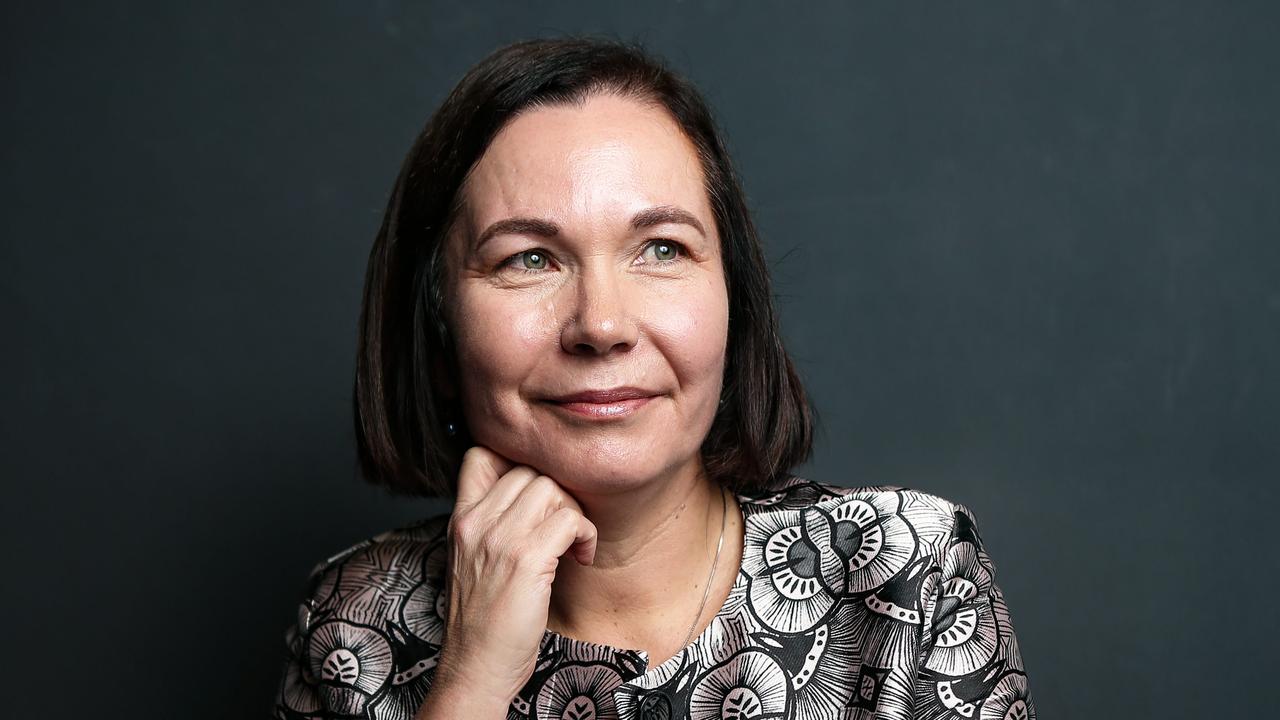
Boards that do the right thing by the businesses they manage will normally be rewarded with higher share prices. And so the jump in BHP shares today was not just about last night’s higher commodity prices but was about what has happened to BHP.
BHP chairman Jac Nasser and his CEO Andrew Mackenzie will go down in history as the first people to reduce the Big Australian’s dividend since the very early days of the company. Yet, they are also the men who saved BHP from being in danger of collapsing.
With the benefit of hindsight, we now look back at BHP as a high-cost mining operator with enormous inefficiencies that was horribly over-borrowed as it ran into a deep slump. And its ridiculously high dividend policy made it difficult to change the company. There was real danger.
But Nasser and Mackenzie have slashed the costs and have moved the company into a position where its long-term solvency is no longer in question. Nevertheless, the balance sheet still bears some of the scars of the past boom.
In simple terms, interest bearing debt of BHP in those balance sheets rose from $US31.1 billion to $US36bn.
It is true that it has $US10bn in cash, but cash can fluctuate wildly depending on stock levels and other factors.
Given the volatility that the market is operating in, BHP’s gross debt still looks a bit high.
In the modern era directors must invest cash in a way that provides a return and tell shareholders the returns expected so managers can be assessed. This is an area where BHP has been delinquent.
But again there is good news. Buried in the report was the announcement that not only would the minerals operation be organised more along geographic lines but chief financial officer Peter Beaven would “assume global responsibility for strategy and business development, allowing the company to more effectively identify opportunities for value and growth across all commodities”.
In other words, new projects will have to provide returns and not just be on the wish list of divisional heads.
But we are also entering into a remarkable period for the rest of the decade.
As I explained yesterday, negative interest rates now embrace nearly a quarter of the world’s output and will so for some time.
Unless there is an economic collapse that will cause a scramble for hard assets, many of which will need BHP material.
In its presentation, BHP tells its shareholders that their estimates for future demand over the next decade in crude oil and copper far exceed the available supply. The picture is not as good in iron ore and coal.
So, BHP remains optimistic about the long-term price trend for its products and believes that if it can keep its costs contained its long-term profitability is ensured.
But leaving that aside, BHP is a warning to all Australian companies.
Do not get caught up in the frenzy that institutions create for top managers: “We want money. Give us the money or we’ll dump your shares.”
Long-term business needs to invest a proportion of their cash generation and BHP is a good example of what can happen when there is over-distribution.
The new BHP dividend policy is a model that many other companies could follow.




